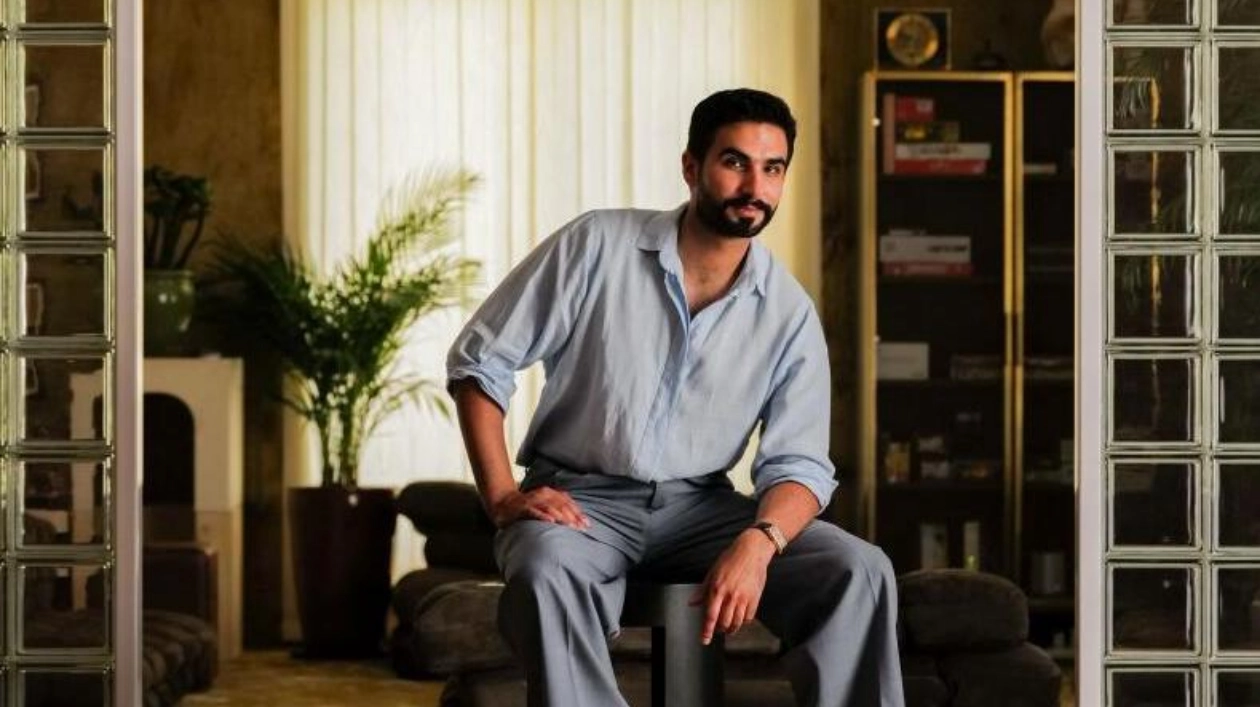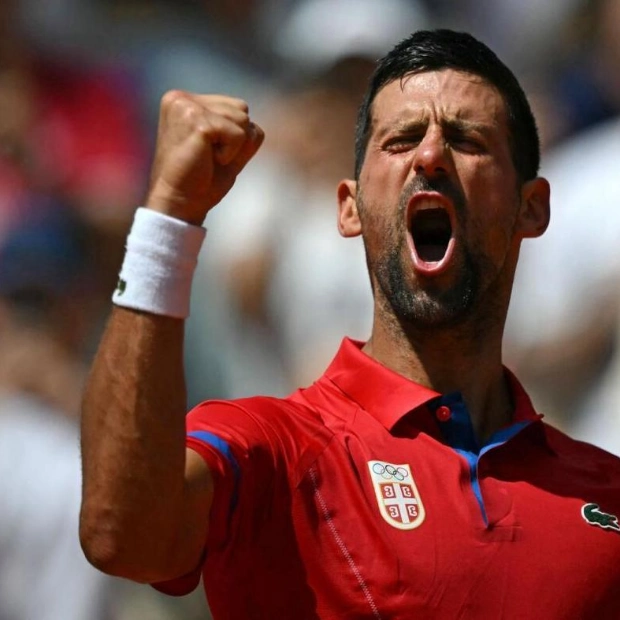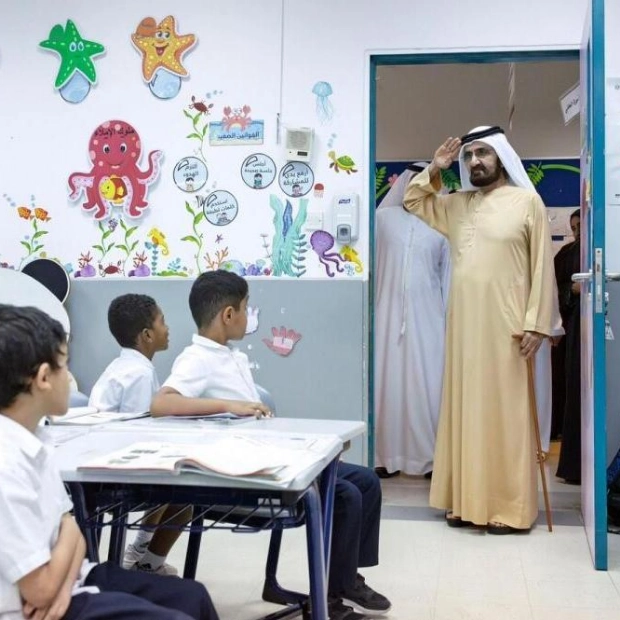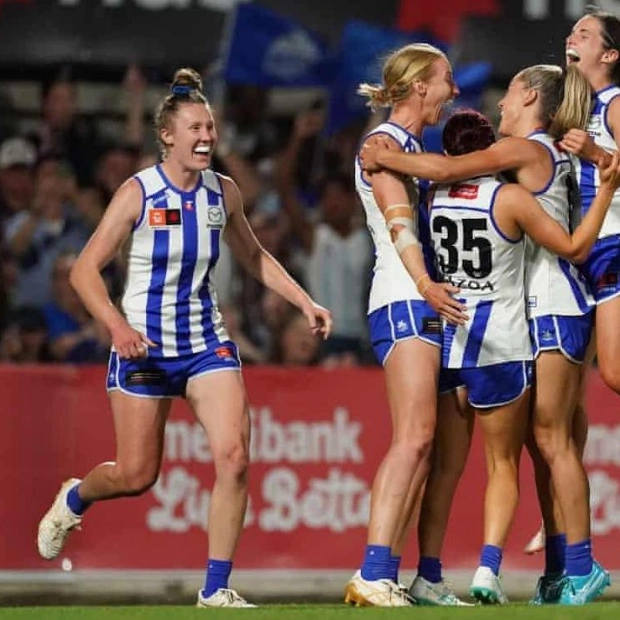Dubai-born designer Omar Al Gurg, the founder of MODU Method, a furniture design studio, is set to return to the UAE Designer Exhibition at Dubai Design Week with a profound sense of accomplishment, marking a significant milestone in his career. Having initially showcased his own creations at the exhibition in earlier years, Al Gurg now assumes the role of curator for the fifth edition of this esteemed event. Renowned for his ability to harmonize creativity, community, and functionality in his designs, Al Gurg has earned international acclaim for his methodical approach, where form serves purpose.
Influenced by his architectural studies abroad, personal experiences, and the mentorship of his family, Al Gurg continues to oversee MODU Method alongside his family business. His designs are profoundly influenced by Arab heritage and storytelling, advocating for accessible design that addresses practical issues while preserving aesthetic value. As the curator of the UAE Designer Exhibition 5.0, Al Gurg will mentor 30 emerging designers, guiding them under the theme of inspiring moments of tranquility, encouraging viewers to pause and connect with emotionally resonant, functional objects.
Scheduled from November 5-10 as part of Dubai Design Week, the exhibition will be a focal point at Downtown Design, providing a stage for designers who are passionate about promoting a slower pace in today’s fast-moving world.
We had the opportunity to speak with Al Gurg, who is also an avid photographer, to delve into his design methods and his insights on the design landscape in Dubai. Here are the edited excerpts:
How was the experience of curating the 5th edition of the UAE Designer Exhibition? What are some of the key themes or emerging trends you're noticing from the UAE-based designers featured this year?
It’s been an incredible journey, almost like a full circle moment. MODU was launched at the UAE Designer Exhibition a few years ago. I’ve had the chance to meet many new designers who are exceptionally talented, and I’ve learned a lot from them. I’ve observed that the emerging designers are becoming more daring and bold with their shapes and colors, which is quite invigorating to witness.
Your work often blends creativity, community, and functionality. How do you balance aesthetic appeal with practical problem-solving in your designs?
I believe that as long as we keep the end-users in mind during the design process, we can achieve a balance between aesthetics and functionality. We need to ask ourselves what the people or community we’re designing for truly desire from our creations, and then strive to solve their problems through design.
You’ve mentioned drawing inspiration from your Arab roots. How do you integrate elements of your cultural heritage into your designs in a way that resonates with both local and global audiences?
Incorporating elements from my cultural heritage happens naturally and subconsciously. I don’t force it; instead, I aim to tell a story through my designs, making them as interactive as possible. I think this is why people can relate to them on a global scale.
One of your missions is to promote accessible design. What does accessible design mean to you, and how do you approach making your creations more available and functional for a wider audience?
Accessible design means catering to as many people as possible while solving problems through form and function. I always try to ensure my designs have multiple functions so they can be used in various ways. An example is NU, a modular block that can serve different purposes depending on how many are used—creating bookshelves, coffee tables, partition walls, and even planters.
How has managing MODU Method alongside your family business shaped your approach to design and entrepreneurship? What role has your family played in your journey as a designer?
I believe both roles complement each other. I learn a lot from the creative community through MODU Method, and this knowledge can be applied to the family business. Similarly, the family business provides insights into strategies and the finer details of running a business, which helps me manage MODU efficiently. My family has always supported my journey as a designer, which has been invaluable, and I’m deeply grateful for their support.
Your designs have received global recognition. What are your future ambitions for expanding your reach on the international design stage, and what challenges do you foresee in taking your work global?
I’m pleased to have been introduced to the international market and hope to expand and grow within it in the near future. Challenges can often be seen as opportunities, but one significant challenge would be logistics. Meeting international market expectations, especially regarding shipping and delivery, can be daunting. However, facing this challenge will allow us to establish a system that caters to global demands. I’m excited about this opportunity and ready to embrace it for growth.
Storytelling is a key element in your work. Could you provide an example of a piece you’ve designed that tells a particularly meaningful story, and how that story is reflected in the final product?
Certainly, Spike is a relevant example. It’s the first piece I designed for MODU, inspired by the inconvenience of clutter. During my national service, I began sketching to exercise my mind. I aimed to solve common household problems through furniture design. At that time, I was dealing with my clothes crammed into a bag instead of being neatly hung. Subconsciously, I designed a coat hanger with a more appealing shape than others, making the pegs removable and adjustable depending on the number of clothes or items to be hung. This solved the clutter issue not only for wardrobes but also for the coat hanger itself. Kids and pets also enjoy this piece, making Spike a delightful addition to any family.
As someone deeply involved in the UAE’s design community, how do you see the design scene in Dubai evolving, and what role do you think initiatives like Dubai Design Week play in nurturing emerging talent?
I see the design scene evolving positively. We’re growing as a creative community, supporting each other with design and business advice. Initiatives like Dubai Design Week are crucial in facilitating connections between creatives. During these events, designers can meet peers and potential clients interested in their field, receive valuable feedback, and gain opportunities to grow and learn from the exposure and experience.
Source link: https://www.khaleejtimes.com






